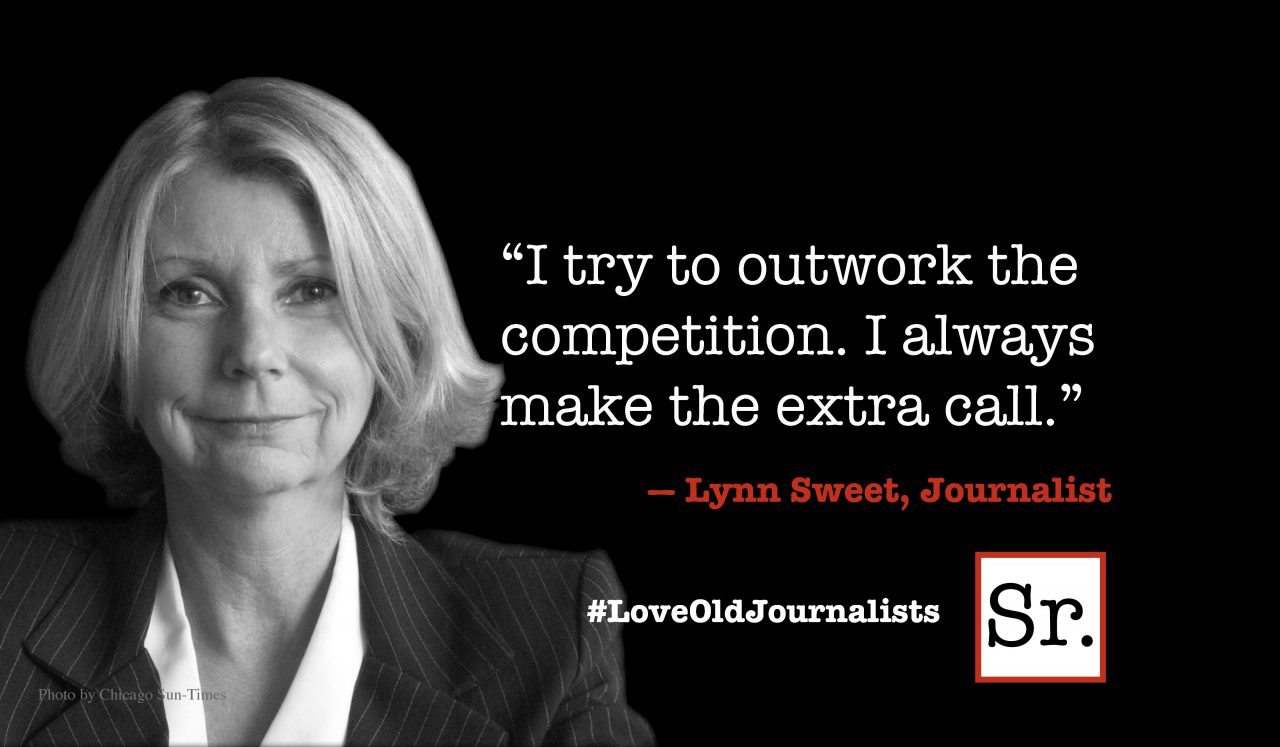Q: My doctor says it’s time for a colonoscopy. Please tell me I shouldn’t worry about this exam.
A: You definitely should not worry. I have had the three major tests for colon cancer: sigmoidoscopy (very uncomfortable), the barium enema (a nightmare) and the colonoscopy.
I was given anesthesia for the colonoscopy and all I recall is getting on the examining table, feeling like I had a cocktail and waking up in recovery as if I had just a late-afternoon nap on the beach.
The colon, or large bowel, is a five-foot tube that connects the small intestine to the rectum. It removes water and nutrients from digested food.
The colonoscopy is the gold-standard procedure for colon cancer detection. The colonoscope is a slender, flexible, lighted tube with a video camera at its tip. The examining physician inserts the tube into the rectum. The scope inflates the colon to provide a better view. The camera sends pictures of the inside of the colon to a TV monitor. The exam takes 15 to 30 minutes.
During the procedure, a doctor can remove most abnormal growths such as polyps with tiny tools passed through the scope. Most polyps are benign, but some can turn into cancer. By removing the polyps early, a colonoscopy can avoid a major operation.
Patients are given pain medication and a moderate sedative. Discuss sedation with your doctor in advance. People I know who’ve had the procedure have experienced different degrees of alertness, recall and discomfort.
After the exam, you might feel some cramping or gas, but it should stop within an hour. By the next day, you should feel normal. You’ll probably need someone to take you home because it takes a while for the sedative to wear off.
If no abnormalities are found, you’ll probably be told to come back for another exam in three to five years. If there are abnormalities, however, you may have to return more often.
Now for the bad news: the preparation for a colonoscopy is awful.
The preparation procedure can vary. You take either pills or liquids to purge the colon completely. You may need an enema. You will spend a lot of time on the throne.
My doctor prescribed the liquids; they taste awful and you have to drink a lot of them. Next time, I plan to ask if I can take the pills.
During the 24 hours before the exam, you have to drink only clear, nonalcoholic liquids. You can eat only soft foods such as Jell-O. Make sure to eat nothing red as it could be confused with blood.
Your diet may permit liquids up to two to four hours before the exam. My doctor required total abstinence on exam day.
There are other colon exams available. These include CT colonography (“virtual colonoscopy”), sigmoidoscopy and barium enema.
CT colonography uses computed tomography (“CAT”) scanning, a minimally invasive procedure. CT colonography is an alternative for patients who are at risk of complications from colonoscopy such as patients who are frail. If a virtual colonoscopy finds significant polyps, they have to be removed by conventional colonoscopy.
Like a colonoscope, a two-foot sigmoidoscope is a slender, flexible, lighted tube with a tiny video camera linked to a monitor. In a sigmoidoscopy, the doctor inspects only the lower parts of the colon.
A barium enema, or lower gastrointestinal (GI) examination, is an X-ray procedure. To make the intestine visible on an X-ray image, the colon is filled with a contrast material containing barium, a silver-white metal.








